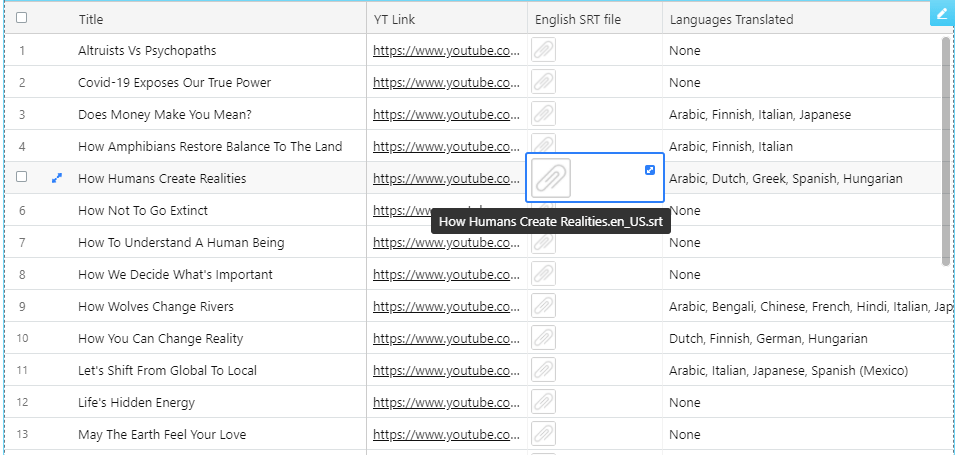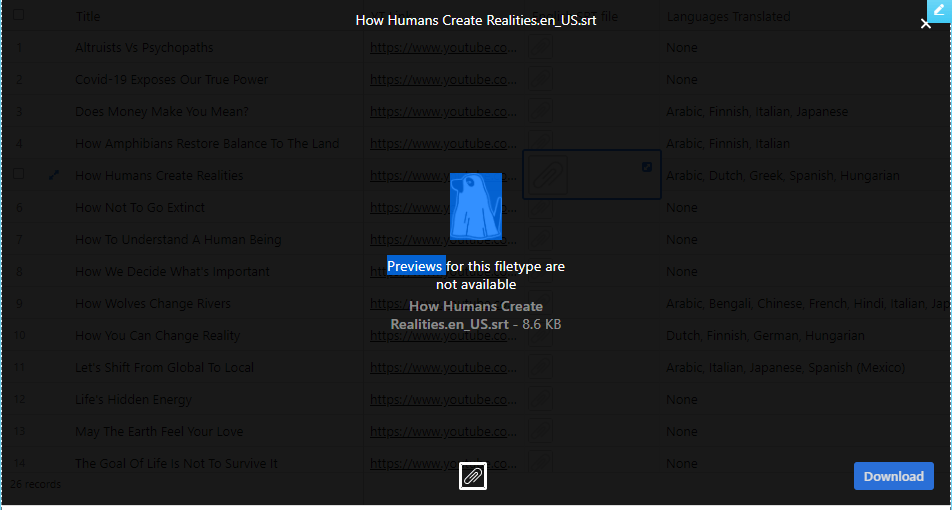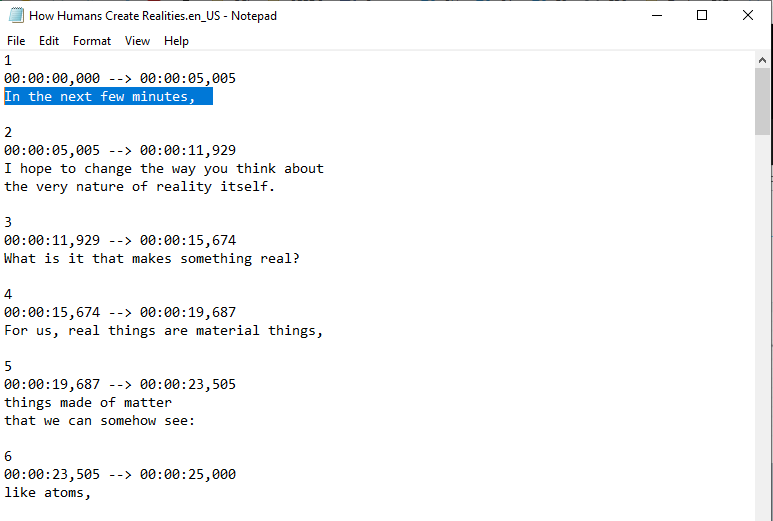There Is More Than One Kind Of Intelligence
Why do some kids not seem to do well in school?

Client Need
Script
About the speaker
Testimonial
More info
Client Need
This video is dedicated to anyone who thought they were not intelligent because their mind did not work the way that school wanted it to.
Script
People’s first experience of the system is often profoundly alienating. This is not the fault of their teachers but of the system itself, which assesses us for a particular kind of intelligence. We pass or fail on ridiculously narrow criteria.
I was lucky at school because I had the kind of intelligence that they were looking for – linear, analytical, hyperlexic. It was only after leaving school that I realized that in other respects I was a complete dummy. Give me any spatial task and I fall to pieces. I stumble over cognitive tasks that other people can perform in their sleep.
I have a close friend who can diagnose almost any engine fault just by listening. In this respect he is a genius: he has a spatial, navigational intelligence that is off the scale. But he was deemed a total failure at school. He was confronted with tests that did not fit the way his mind worked. I expect you’ve come across plenty of people like this: people you know are bright, but they are bright in the wrong way. In other words, they are bright in a way that isn’t being assessed.
The truth is that there are lots of different intelligences. And we shouldn’t be surprised. During the evolutionary phase of our history, a group of people would be more likely to survive if its different members saw the world in different ways. Some people could make excellent tools. Some people could hunt very well. Some people were good at looking out for danger. Some people could tell the stories that would inform the next generation. Some people were good at strategizing how to get through a long winter. We needed a load of different intelligences in order to survive. But nowadays we are treated as if only one kind of intelligence is valid. Anyone with a different intelligence is deemed stupid.
The way we are schooled compounds this alienation. How did we get to the point that we believe the best way of schooling children is to sit them behind a desk and insist they keep still. Children? Keeping still? That’s difficult for anyone, but especially for kids with a roaming, navigational mind.
I’ve done some volunteering with an adventure learning charity. The first time I took one of these groups out, we were rock pooling on the shore. Most of the kids had never seen the sea before, never visited the countryside before. And there was one kid who stood out. He was brilliant. He was there at my shoulder all the time. Whenever I said, “what’s this?” or “why is it this colour?”, he would hazard a guess. And they were always interesting answers. He was finding things, catching things, picking things up. And after a couple of hours, I said to his teacher, “That kid is a genius.” She said “him? He’s bottom of the class.”
If a kid like that is failing, it’s not the kid’s fault. The fault is with the system. As I say, I don’t blame the teachers because they have to teach to the system. Plenty of teachers desperately want to do creative things with the children, to discover their different intelligences, but they are forbidden to do so. If the system has failed to recognise his intelligence, the system has failed.
If an intelligent child fails the tests designed to assess a different kind of intelligence, they become alienated. Not just from school, but from the system as a whole. The danger is that they then become alienated from public life, alienated from society. Eventually alienated from themselves.
About the speaker
Testimonial
More info
- About the video
- Transcript
- About the speaker
- Impact
- More info
This video is dedicated to anyone who thought they were not intelligent because their mind did not work the way that school wanted it to.
People’s first experience of the system is often profoundly alienating. This is not the fault of their teachers but of the system itself, which assesses us for a particular kind of intelligence. We pass or fail on ridiculously narrow criteria.
I was lucky at school because I had the kind of intelligence that they were looking for – linear, analytical, hyperlexic. It was only after leaving school that I realized that in other respects I was a complete dummy. Give me any spatial task and I fall to pieces. I stumble over cognitive tasks that other people can perform in their sleep.
I have a close friend who can diagnose almost any engine fault just by listening. In this respect he is a genius: he has a spatial, navigational intelligence that is off the scale. But he was deemed a total failure at school. He was confronted with tests that did not fit the way his mind worked. I expect you’ve come across plenty of people like this: people you know are bright, but they are bright in the wrong way. In other words, they are bright in a way that isn’t being assessed.
The truth is that there are lots of different intelligences. And we shouldn’t be surprised. During the evolutionary phase of our history, a group of people would be more likely to survive if its different members saw the world in different ways. Some people could make excellent tools. Some people could hunt very well. Some people were good at looking out for danger. Some people could tell the stories that would inform the next generation. Some people were good at strategizing how to get through a long winter. We needed a load of different intelligences in order to survive. But nowadays we are treated as if only one kind of intelligence is valid. Anyone with a different intelligence is deemed stupid.
The way we are schooled compounds this alienation. How did we get to the point that we believe the best way of schooling children is to sit them behind a desk and insist they keep still. Children? Keeping still? That’s difficult for anyone, but especially for kids with a roaming, navigational mind.
I’ve done some volunteering with an adventure learning charity. The first time I took one of these groups out, we were rock pooling on the shore. Most of the kids had never seen the sea before, never visited the countryside before. And there was one kid who stood out. He was brilliant. He was there at my shoulder all the time. Whenever I said, “what’s this?” or “why is it this colour?”, he would hazard a guess. And they were always interesting answers. He was finding things, catching things, picking things up. And after a couple of hours, I said to his teacher, “That kid is a genius.” She said “him? He’s bottom of the class.”
If a kid like that is failing, it’s not the kid’s fault. The fault is with the system. As I say, I don’t blame the teachers because they have to teach to the system. Plenty of teachers desperately want to do creative things with the children, to discover their different intelligences, but they are forbidden to do so. If the system has failed to recognise his intelligence, the system has failed.
If an intelligent child fails the tests designed to assess a different kind of intelligence, they become alienated. Not just from school, but from the system as a whole. The danger is that they then become alienated from public life, alienated from society. Eventually alienated from themselves.
We bring your story to life
Find out how video storytelling can help your audience resonate with your sustainable idea, research, campaign or product.




